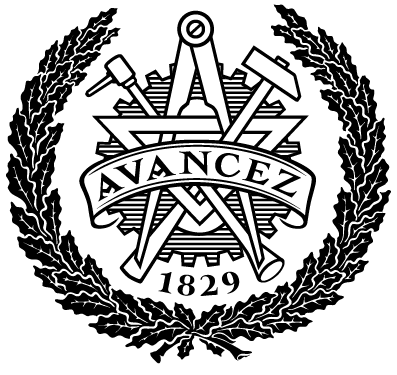An Optimization and Cluster based Approach to Lookup Tables in Design of Adaptive Restraint Systems
Publicerad
Författare
Typ
Examensarbete för masterexamen
Master's Thesis
Master's Thesis
Modellbyggare
Tidskriftstitel
ISSN
Volymtitel
Utgivare
Sammanfattning
The timely deployment of vehicle restraint systems is crucial in mitigating the impact
of collisions and protecting occupants in the affected vehicles. The level of protection
can be further enhanced with the use of adaptive restraint systems, by adjusting
the force and timing of seatbelts and airbags based on factors such as vehicle speed,
occupant size, and seating position. Virtual testing methods can help identify areas
of improvement of adaptive systems by evaluating its performance across a range of
crash scenarios. While finite element simulation models and data-based surrogate
models have been used in literature for restraint system development, data structures
such as lookup tables containing restraint settings offer potential to accelerate
the design and deployment of adaptive restraint systems. To implement this, firstly,
metamodels using Gaussian process regression were developed to predict specific occupant
kinematics and injury risks in frontal collisions between vehicles with varying
crash configurations. Furthermore, the optimal restraint settings for each crash configuration
was identified using a genetic algorithm, taking into account the injury
risk predictions from the metamodels. The frontal collisions were categorized based
on crash pulse intensities and then represented in a static lookup table for quick
retrieval of restraint settings based on a crash configuration. The restraint settings
obtained from the optimization were validated with real-world equivalent settings,
exhibiting lower injury risks in low and medium-speed crashes for the concerned
vehicle model. Overall, the research presented demonstrates the application of lookup
tables as a tool for development and operation of adaptive restraint systems.
Furthermore, the combination of look-up tables with machine learning techniques
could be scaled to suit the complexity of the engineering problem
Beskrivning
Ämne/nyckelord
Metamodel, Genetic algorithm, Restraint settings, Crash scenario, Injury risk, Lookup table, Gaussian process, Clustering, Machine learning
